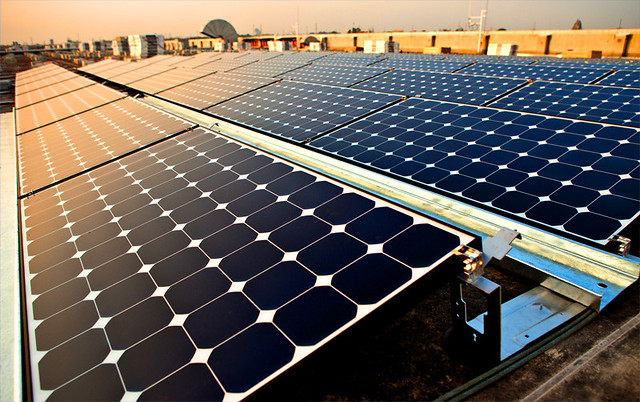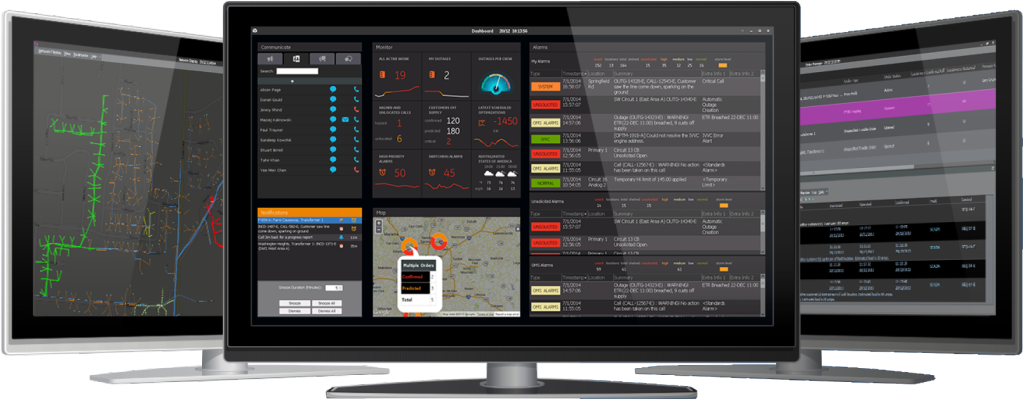Here is the full list of stories that we covered in this week’s show:
Climate
Renewables
Big Data
Mobile
- IBM, Apple forge enterprise app pact: Watson, meet iPad
- Microsoft’s relationship with Android just got less complicated
Apps
- Learn to Think Like an Android Developer
- Dropbox updates desktop client with streaming sync: Up to 2x faster via overlapping uploads and downloads
Internet of Things
- Nest and Samsung launch Thread, a wireless mesh standard for the smart home
- The Internet of Things for seniors
Comms
Wearables
Cognitive Computing
Misc




